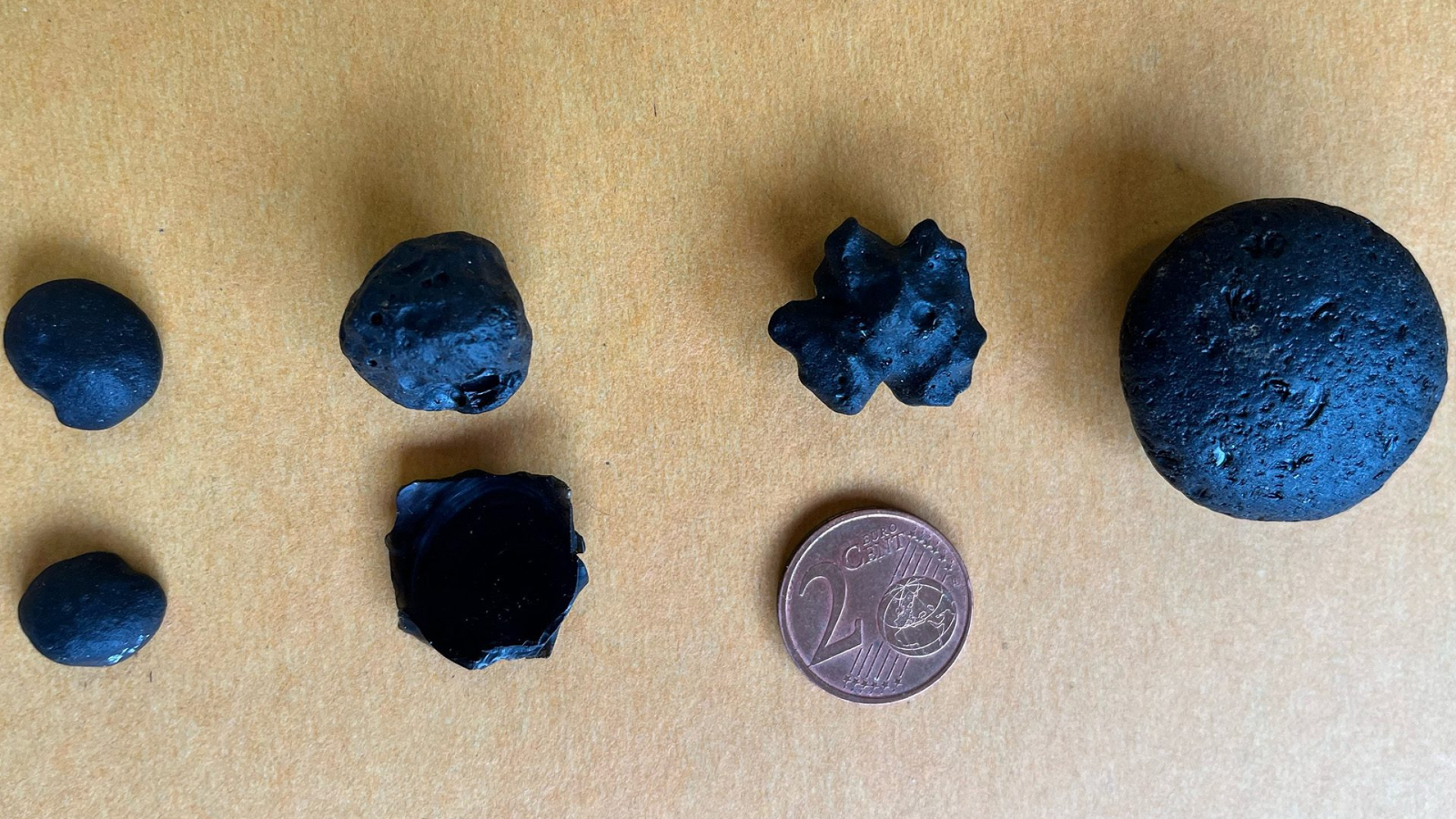This week, the World Health Organization (WHO) raised concerns about a significant increase in chikungunya virus cases. Known for its mosquito-borne transmission, the virus has caused outbreaks in several regions, including La Réunion and Mayotte in the Indian Ocean.
According to The Conversation, between August 2024 and May 2025, more than 47,500 confirmed cases and 12 deaths were reported in La Réunion, while 116 cases were documented in Mayotte from March to May 2025. With over 100 countries now experiencing local transmission of the virus, the question arises: Should Australians be concerned about chikungunya and prepare for potential cases?
Symptoms: What to watch out for
Chikungunya’s most common symptoms include fever, joint pain, and joint swelling, which can be debilitating. Other symptoms to watch for include headaches, rash, muscle pain, nausea, and fatigue. While most people recover after a few weeks, some suffer ongoing symptoms like tiredness and joint pain for months or even years. In rare cases, chikungunya can be fatal, especially for infants, elderly individuals, and those with pre-existing medical conditions.
Symptoms generally appear 3–7 days after being bitten by an infected mosquito, although they can take up to 12 days in some cases. While there is no specific antiviral treatment for chikungunya, paracetamol can help with fever and pain relief.
How chikungunya spreads: The mosquito connection
Chikungunya is transmitted by infected female mosquitoes, particularly the species Aedes aegypti and Aedes albopictus. These mosquitoes become infected when they bite someone who has the virus in their blood. After ingesting the virus, the mosquitoes can then spread it to others when they bite them.


Both species are known for their aggressive daytime biting habits and are “ankle biters”, preferring to bite exposed legs and ankles. They don’t just spread chikungunya—Aedes mosquitoes are also responsible for transmitting dengue, yellow fever, and Zika.
Is chikungunya in Australia? What you need to know
While Australia has yet to experience local transmission of chikungunya, cases do occur among travelers returning from regions with ongoing outbreaks. In 2023, there were 42 cases recorded in Australia. The number increased in 2024, with 70 cases, and 90 cases have already been reported in 2025. These numbers remain relatively low compared to overseas, but the growing presence of Aedes mosquitoes in parts of Queensland is raising concerns.
Aedes aegypti mosquitoes have been in northern Queensland since the 1800s. However, Aedes albopictus was only documented in the Torres Strait in 2005. The increasing spread of these mosquitoes, especially with climate change creating ideal conditions for breeding, raises the possibility of local transmission in the future.


Warmer temperatures, altered rainfall patterns, and increased humidity all contribute to the expansion of mosquito habitats, increasing the risk of chikungunya spreading further.
In addition, there’s some evidence that Australians may have some protection against chikungunya, thanks to immunity developed from exposure to the Ross River virus, a local mosquito-borne virus.
Vaccines and prevention: What you can do
Currently, two vaccines for chikungunya have been approved in the United States, but neither is available in Australia. These vaccines are still in limited use and are being monitored for wider availability.
For travelers heading to areas where chikungunya is active, the best prevention method is to avoid mosquito bites. Follow these simple precautions:
- Wear loose-fitting, light-colored clothing and enclosed shoes.
- Apply insect repellent to exposed skin and clothing.
- Sleep under mosquito nets, particularly during the day, when the mosquitoes are most active.
These preventive steps not only protect against chikungunya but also reduce the risk of other mosquito-borne diseases like dengue and Zika.
Source link


